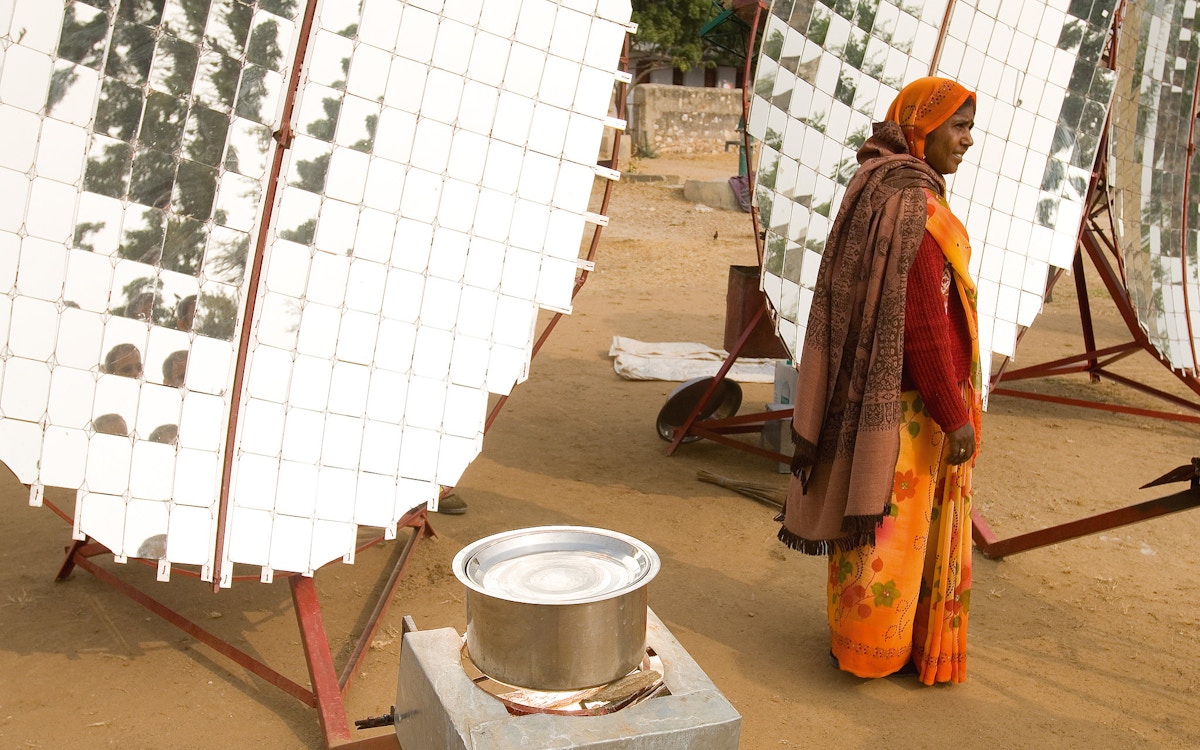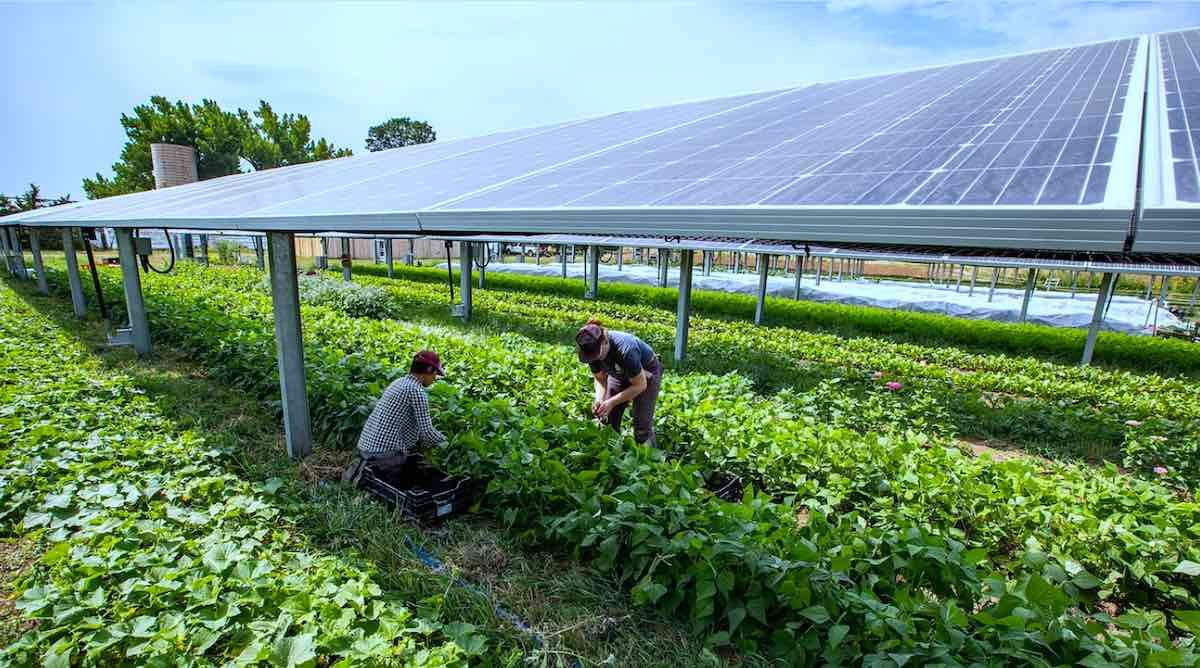
India’s G20 presidency next year offers a “golden opportunity” to accelerate the deployment of renewable energies, environment minister Bhupender Yadav told reporters on April 26 in a meeting with the International Renewable Energy Agency (IRENA). This year is a litmus test for progress, representing a deadline for India’s renewable energy target of 175 gigawatts.
While floating solar photovoltaic (FSPV) was not originally envisaged as part of the mix, which only included terrestrial and rooftop solar, it has emerged as a small but not insignificant catalyst for the figures.
Despite later including large hydropower in the renewable category to help meet the target of 175 GW, which originally included only small hydropower, India is still set to miss the goal, with 156.6 GW of utility-scale renewables as of March 2022, plus an estimated 11 GW of rooftop solar.
The shortfall, due mostly to the slow development of rooftop solar, highlights the need to further diversify India’s portfolio of green energy sources.

An alternative to terrestrial solar
India’s journey with floating solar began in 2014 when it was approved by the Ministry of New and Renewable Energy (MNRE), in Kolkata. S P Gon Chaudhuri, a veteran of the country’s renewable energy sector, told The Third Pole: “The organisation tasked with implementing this project was NBIRT [the NB Institute for Rural Technology], of which I was chairman at the time.”
When we start looking for a piece of land, it isn’t easy. In places with a lot of land, there are too many projects and hence, transmission is a challenge. Floating solar addresses so many problems
Manu Srivastava, commissioner for new and renewable energy, Madhya Pradesh
Once the project was completed, “officials from organisations such as the World Bank visited the site and examined how a floating solar plant is set up, how it works”, Chaudhuri recalls. “Basically, it was a study centre.”
Plants in Punjab, Kerala, Gujarat and Tamil Nadu followed, among others. India’s reservoirs cover 18,000 square kilometres with the potential to support 280 GW of floating solar, according to a report by think tank The Energy and Resources Institute (TERI).
High costs and design challenges are still holding back the deployment of the new technology, which as of November 2021 had an estimated cumulative installed capacity of just 2.7 megawatts, making it little more than a pilot project.
However, according to the think tank Council on Energy, Environment and Water (CEEW), India now has about 170 MW of operational floating solar capacity and another 1.8 GW under different stages of development. The steep increase, a CEEW spokesperson explained, is due to the fact that the first plants deployed were small, and India has only started implementing large-scale floating solar in recent years.
Terrestrial solar PV is land-intensive, and the TERI report recommends exploring alternatives such as floating solar to keep pace with India’s national target of 100 GW of additional solar capacity by the end of 2030. The state of Maharashtra, the authors say, has the most potential and could generate 57.9 GW on 3,173 sq km of its reservoirs’ surfaces.
“The FSPV addition is small in relation to the entire market for solar energy, but it could be a viable alternative for speeding up solar power deployment in India,” a 2021 study by researchers at Effat University in Saudi Arabia stated.
Floating solar milestones
Recent developments in the floating solar space hint at the sector’s promise. In August last year, government-owned NTPC, India’s largest integrated energy company, commissioned a 25 MW project on the reservoir of its Simhadri thermal power station, in the state of Andhra Pradesh.
The plant has the potential to generate electricity from over 100,000 solar PV modules, which could light around 7,000 households and avoid the emission of at least 46,000 tons of carbon dioxide every year over its lifespan.
In January 2022, the state-owned hydropower corporation NHPC signed a deal with a developer in the eastern state of Odisha to build a 500 MW floating solar plant. It will initially invest over INR 20 billion (USD 261 million) in 300 MW-worth of floating solar projects. The project will help the state to meet its renewable energy generation targets, besides creating investment and employment opportunities.
On March 10, 2022, Tamil Nadu’s chief minister MK Stalin inaugurated India’s largest floating solar power plant, which was constructed at a cost of INR 1.5 billion (USD 19.6 million).
Scarce land, more water
Most Indian states lack land, but have enough water for FSPV. Installing solar on water can increase the panels’ efficiency due to lower temperatures that prevent overheating, Chaudhuri explained.
Manu Srivastava, commissioner for new and renewable energy with the government of Madhya Pradesh, said: “When we start looking for a piece of land, it isn’t easy. In places with a lot of land, there are too many projects and hence, transmission is a challenge… Floating solar addresses so many problems.”
Avnish Shukla is executive engineer at Rewa Ultra Mega Solar Ltd, a joint venture that has commissioned solar projects in Madhya Pradesh. Shukla told The Third Pole that a 600 MW floating solar plant in the state of Madhya Pradesh will be commissioned by August 2023, likely to be one of the largest in the world.
Shukla said that solar projects often occupy barren land, not used by agriculture, industry or people. “Since there is scarcity of such a type of land, we face trouble… In such a scenario, water bodies are perfect. Moreover, water will evaporate if we do not use it to install solar panels [to reflect the sun’s rays].”
Vinay Rustagi, the managing director of Bridge to India, a renewable energy consultancy, pointed out that some floating solar sites that are located near hydropower projects or in thermal plant reservoirs already have ready access to their transmission infrastructure.
Falling costs
Ground-based installations still form 93.1 per cent of India’s grid-connected solar PV, according to a 2020 report by TERI. Utility-scale solar costs fell 84 per cent between 2010 and 2018, making large-scale solar cheaper in India than anywhere else.
According to Chaudhuri, the cost of setting up a floating solar plant is currently INR 50-60 million (USD650,000-780,000) per MW, while conventional land-based solar projects cost the equivalent of USD 520,000 per MW, a difference that explains the slow take-off of the technology. However, he said, floaters and maintenance are becoming more cost-effective.
“India needs to meet certain targets it has committed to by 2030, which means states need to adopt more such [floating solar] plants, as they do not have so much land to spare,” he said.
According to Srivastava, transporting the lightweight but big floaters the panels sit on can be a challenge. However, these are low-tech components, so manufacturing plants installed near the development site could bring costs down further.
Floating solar projects do require longer due to the need for more detailed assessments of sites’ hydrography and water-bed topography. Furthermore, both the capital and operating costs are slightly higher due to the more complex design and risks of working in water, Srivastava added.
Rustagi, however, said the local governments and municipal agencies in charge of most inland water bodies must push for them.
Binit Das, deputy renewable energy programme manager at New Delhi think tank the Centre for Science and Environment, agreed but said there are other, more technical hurdles to overcome: “The solar floating system needs to hold solar panels on the water for over 25 years, so the racking system needs to be highly resistant to corrosion, must have a long lifespan and high load capacity.”
He added: “Since this is a relatively new solar power technology, it requires specialised solar power equipment and more niche solar panel installation knowledge.”
This story was published with permission from The Third Pole.
Source Eco Business







